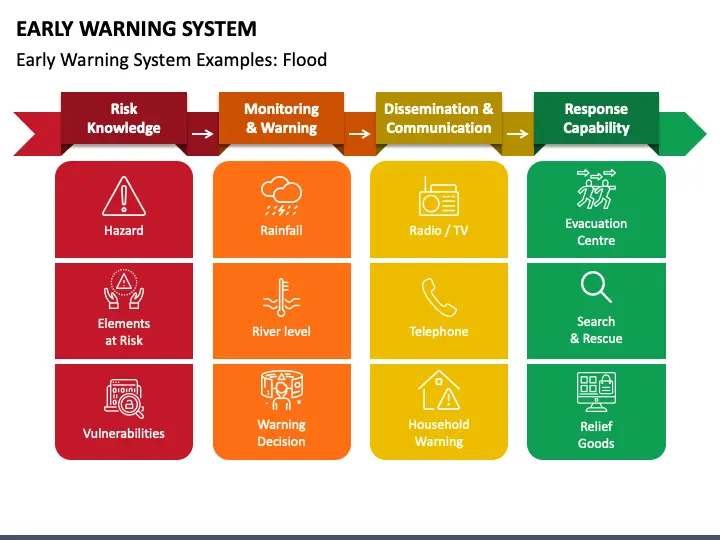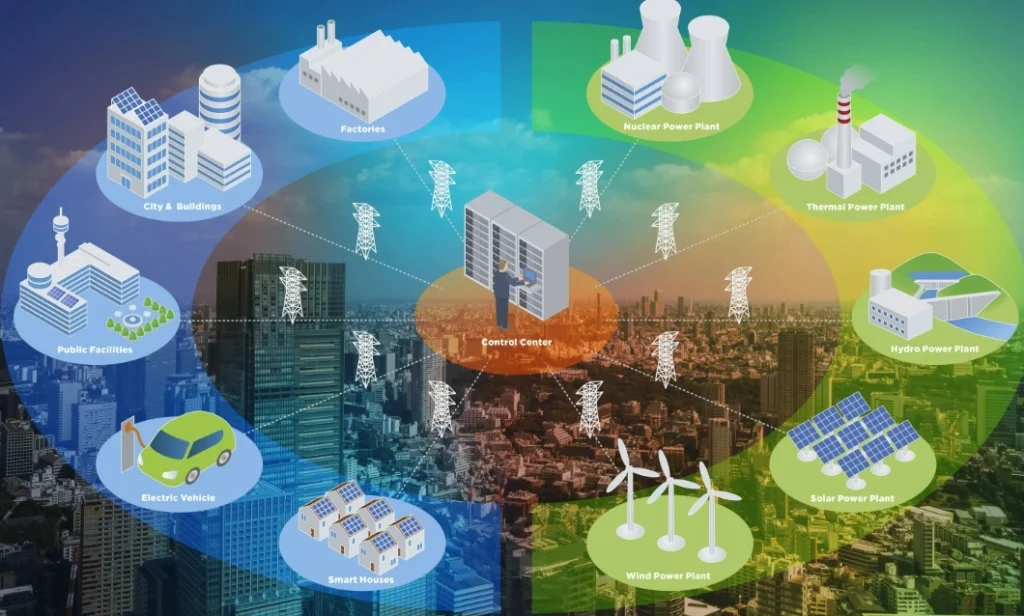
Climate Change Adaptation
Climate change adaptation refers to activities that reduce the negative impact of climate change while taking benefit of potential new opportunities. It involves regulating policies and actions because of observed or expected climate changes. Adaptation can react to climate impacts or prevent them before observing the effects of climate change. In most conditions, anticipatory adaptations result in lower long-term costs and are more effective than reactive adaptation.
Climate change adaptation strategies can be the effort of an individual to local, national, and global efforts. Some adaptations are powered by changes in government policies. Other adaptations happen because of technological advances. Engineering and planning can provide different ways for regions to adapt as the environment changes. Globally coordinated efforts to adapt, which make sure that as many places as possible are habitable, can help as climate change causes people to migrate to new places.
To know more about climate change adaptation and mitigation measure you can follow the link https://thecliment.com/define-climate-change-adaptation-and-mitigation-top-5-adaptation-and-mitigation-measures/
Different Ways for Climate Change Adaptation
Climate change adaptation depends on how climate change is affecting the region because the impacts are not the same around the globe. In some areas, it causes severe droughts whereas, in some regions, it causes frequent floods. Below are examples of several ways to climate change adaptations.
Preventing Flood Damage
As climate change causes the sea levels to rise, seawalls and embankments can help limit flooding of coastal communities. Both near coasts and inland, stormwater drainage improvement can help keep communities from flooding as climate change increases the amount of precipitation during storms. Construct wetlands to buffer a coast and build homes to reduce the chance of flooding. For example, homes raised on stilts and floating houses help prevent the threat of floodwater.
Early Warning Systems
Research illustrates that just 24 hours of warning of an approaching heatwave or storm can reduce the subsequent damage by 30 percent. Early warning systems which provide climate forecasts are one of the most cost-effective adaptation measures. With timely warnings, people can take early action by blocking up doors with stockpiling resources, or in some extreme conditions, evacuating from their homes.

Ensuring Freshwater Availability
Another method to climate change adaptation Communities is ensuring fresh water availability. people can adapt by building water storage systems, creating guidelines to keep water safe, and using water purification technology to create freshwater in coastal areas prone to drought.
Water Supplies and Security
Governments are being encouraged to develop complete water management plans, known as Integrated Water Resource Management, which considers the entire water cycle: from source to distribution, treatment, reuse, and return to the environment. Research shows that investments in rainwater harvesting systems need to be continuous to make them more widely available.
Adapting to Heat
In a warmer climate, dangerous heat waves are becoming extensive and more frequent. To adapt, people can construct buildings with more insulation and effective cooling technologies. Shade trees and rooftop gardens, known as green roofs, can help keep things cool.
Adapting Farms and Food
Changes in the amount of rainfall are making farming a challenge. Farmers are adapting different techniques, growing drought-resistant crops, and making irrigation more efficient. Managing fisheries and fishing quotas helps make sure that fish are not overharvested. Communities are also making changes to increase food storage and preservation.
Ensuring Ecosystem Health
Protecting and restoring ecosystems helps wildlife deal with the changing climate. Using traditional, indigenous, and local methods can make sure that natural resources are managed sustainably. Management of natural resources and ensuring that environments are healthy benefit all of us. For example, healthy wetlands filter water, are habitat to juvenile fish and crustaceans and act as a barrier during storms.
Climate-resilient Infrastructure
Climate-resilient infrastructure refers to resources and systems such as roads, bridges, and power lines that can resist shocks from extreme climate impacts. More resilient infrastructure resources pay for themselves as their life-cycle is extended and their services are more consistent.
Tools for inspiring investments in infrastructure that is climate-resilient include regulatory standards like building codes, spatial planning frameworks for example, vulnerability maps, and a strong communication drive to make sure the private sector is aware of climate risks, projections, and uncertainties.

Long-term Planning
Climate change adaptation measures are more effective if integrated into long-term policies and strategies. National Adaptation Plans are a critical governance mechanism for countries to plan for the future and strategically prioritize adaptation requirements.
The main task of these plans is to examine climate scenarios decades into the future and associate these with vulnerability assessments for different sectors. These can contribute to planning and guiding government decisions on regulatory and fiscal framework changes, investment, and raising public awareness.

Limitations in Implementing Climate Change Adaptation Strategies
These are just some examples of climate actions that address climate change adaptation. Many others are present and can accommodate different sectors, ecosystems, countries, and communities. The climate crisis is enormous and urgent. Given the limited funding, resources, and attention that can be distributed to solving it, policymakers need to prioritize such integrated efforts.
There are frequent technological and financial factors that limit how much we can adapt. The ability to adapt is not equal for all because adaptation requires money. Developing nations with limited financial resources are less able to adapt to climate change as compared to developed nations.
 The Climent Respect your roots, Protect your planet
The Climent Respect your roots, Protect your planet

One comment
Pingback: Climate Change Mitigation and Adaptation - The Climent